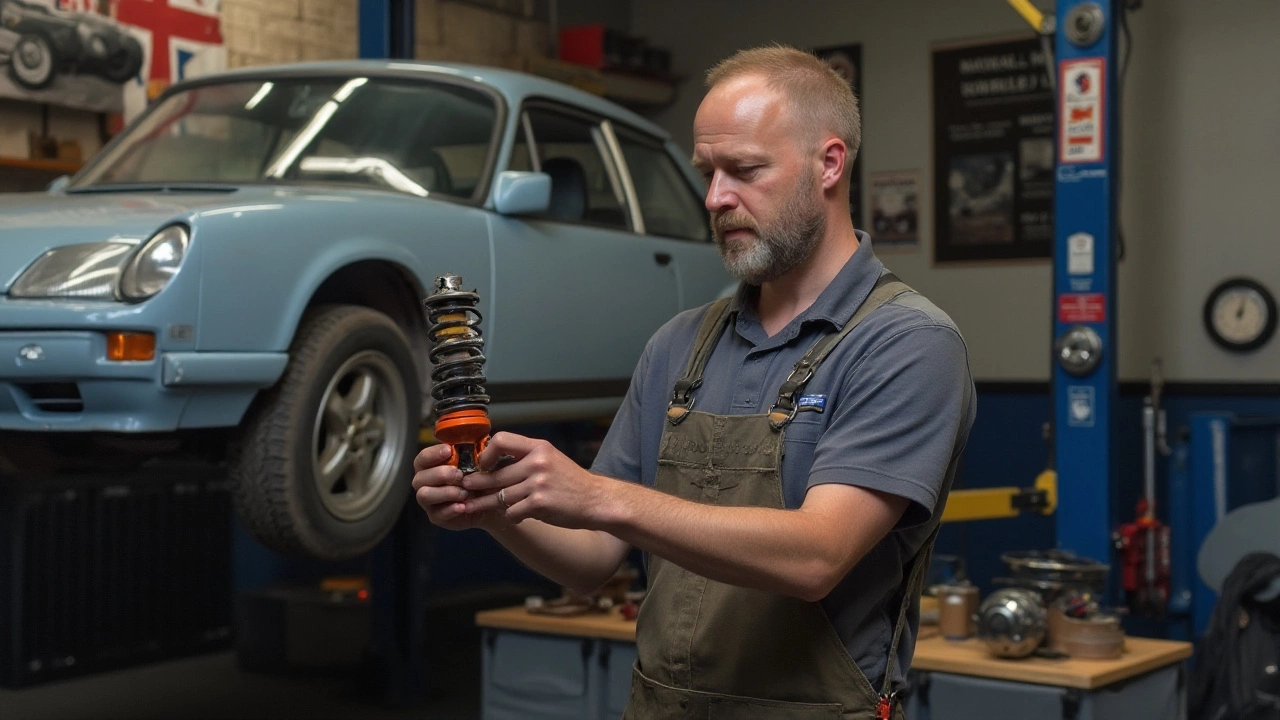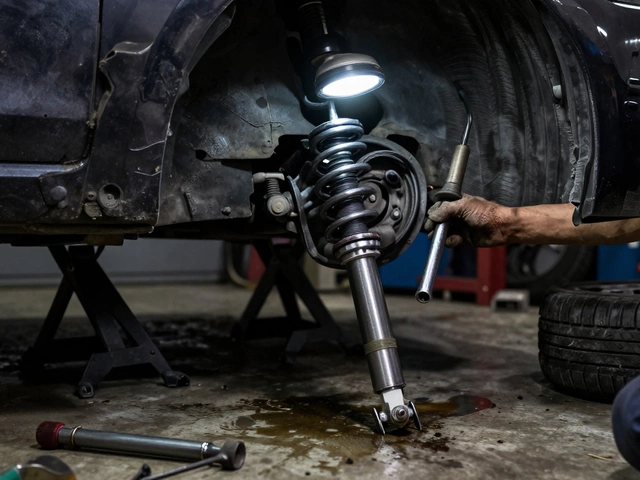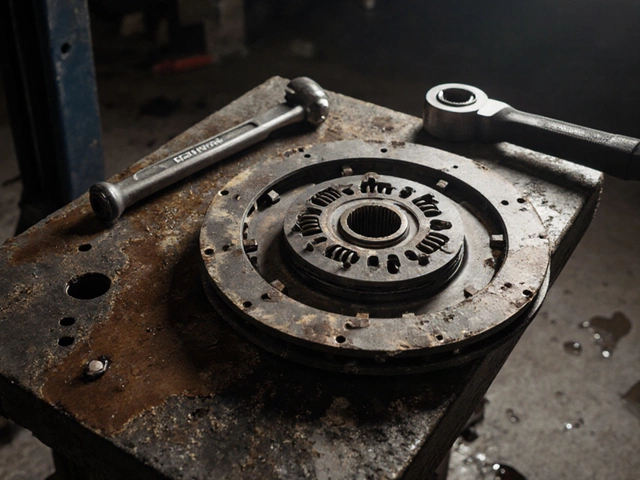Shock Absorbers – How to Know When They’re Bad and What to Do
If your car feels like a bounce house or you hear clunking on bumps, bad shock absorbers are probably to blame. They’re the part that stops your wheels from rattling and keeps the ride steady. Ignoring them can wear out other suspension parts, hurt tyre life, and make driving unsafe. Below we’ll show you the easiest way to spot worn shocks and the steps to fix or replace them.
How to Spot Worn Shock Absorbers
The first clue is the feel of the car. Does it sway a lot on a corner? Do you get a sudden dip after a pothole? Those are classic signs of weak shocks. Listen for rattles when you drive over uneven roads – a metal‑on‑metal sound often means the shock mounts are loose or the absorber itself is broken.
Another tell‑tale sign is uneven tyre wear. If the bottom of the tyre is worn more than the top, the suspension isn’t holding the wheel steady. You might also notice a longer stopping distance because the car doesn’t stay flat under hard braking.A quick visual check helps too. Pop the wheel well and look at the shock rod. If you see oil leaking or the rod is dented, the absorber is done. Even if there’s no visible damage, a bounce test works: push down on the front corner of the car and let go. One bounce is normal; several bounces mean the shock isn’t damping correctly.
Fixing or Replacing Bad Shocks
When you’ve confirmed the shocks are bad, decide whether to replace them yourself or let a garage handle it. DIY replacement is doable if you have a jack, basic tools, and a service manual for your model. You’ll need to remove the wheel, detach the bolt holding the shock to the body, and slide the old unit out. New shocks bolt in the same way, but always torque the bolts to the manufacturer’s spec.
If you’re not comfortable with lifts or torque wrenches, a professional job costs about £80‑£150 per shock including labour. Prices vary with brand and vehicle type, but it’s worth investing in a good quality absorber – cheap units wear out fast and can cause more damage.
After fitting new shocks, test the ride. The car should feel steadier, cornering should be tighter, and the bounce test should show just one rebound. Don’t forget to align the wheels – new shocks can change geometry, and an alignment prevents uneven tyre wear.
Regular maintenance helps prolong shock life. Keep the suspension clean, avoid harsh impacts, and check the bolts during tyre rotations. If you notice any of the warning signs early, swap the shocks before they cause bigger problems.
Bottom line: Bad shock absorbers make every drive feel rough and unsafe. Spot the signs early, either do a simple DIY swap or get a professional to fit quality units, and you’ll keep your car handling smooth for miles to come.
 9 June 2025
9 June 2025
Suspension Repairs: What Are the Most Common Fixes Drivers Deal With?
When your car starts bouncing, creaking, or pulling, there's a good chance your suspension is begging for attention. This article breaks down the most common suspension repairs, explains why each happens, and shows how they affect your drive. From worn-out shocks to busted ball joints, you'll learn which parts typically fail first and the warning signs to watch for. Expect practical tips on spotting problems early and ideas for saving money. If you want a smoother, safer ride, these are the fixes you need to know.
 29 May 2025
29 May 2025
Car Suspension Parts: What They Are and Why They Matter
Tired of feeling every bump in the road? This article breaks down car suspension parts, showing what they do, how they keep your ride smooth, and warning signs to watch for. Recognize the key parts like shocks, springs, and control arms, and get tips for keeping your suspension healthy. Get real-world advice, relatable examples, and know what matters most for safe driving. Take the guesswork out of understanding your suspension system.
 4 January 2025
4 January 2025
Detecting Worn Shocks and Springs in Your Vehicle's Suspension System
Spotting bad shocks or springs in your car's suspension is crucial for ensuring a smooth ride and avoiding costly repairs. By learning the signs of wear and tear, such as unusual noises, uneven tire wear, or a bumpy ride, drivers can address issues promptly. Understanding the importance of these components helps in maintaining a vehicle's stability, handling, and comfort. This article delves into the symptoms, causes, and inspection methods to identify faulty suspension parts efficiently.
Latest Posts
-

Buying a Car Battery: Smart Tips for the Best Price
-

How to Fix a Bad Suspension: Step-by-Step Guide for Safe, Smooth Driving
-

What Happens When You Overdue for an Oil Change
-

How Often Should a Clutch Be Replaced? Real-World Mileage and Signs of Wear
-

Front or Rear Brakes: Which Brake Pads Wear Out First?

0